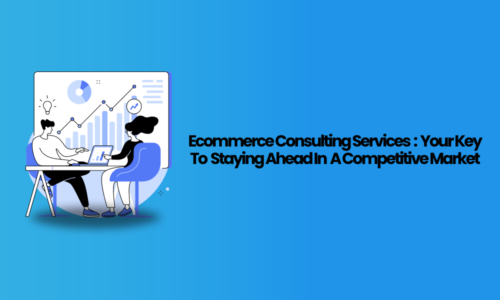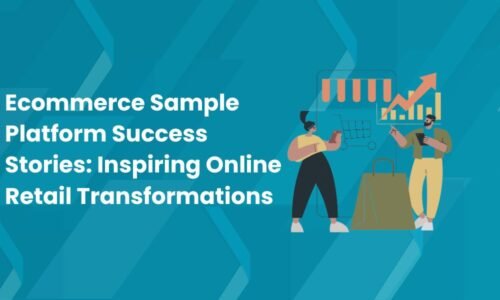Most ecommerce websites understand that visual appeal rules, and Pinterest is the best in getting that message across and increasing sales. Apart from a social media network with over 400 million monthly active users, it is also a search engine for visual experiences that give ideas about new items and other ones too. With this in mind, Pinterest offers an exceptional platform for ecommerce enterprises to reach out to prospects. Read on to know how you can increase your ecommerce success on Pinterest.
Why use Pinterest for Ecommerce?
Pinterest is often referred to as a source of inspiration but its role in ecommerce goes beyond what meets the eye. Below are some reasons why:
- High Purchase Intent: A study showed that 89% of people on Pinterest go there specifically looking for something they wish to buy.
- Longevity of Pins: Unlike social media posts which quickly disappear, pins have long lives and continue driving traffic and sales even months after being posted.
- Visual Appeal: The fashion industry thrives through vivid images just like each image-based platform such as Pinterest.
- Traffic Generation: Oftentimes, more than other social platforms, Pinterest is a big referrer to websites through the click throughs it drives traffic towards their way.
Setting up your Pinterest professional account
Before you get into Pinterest marketing, make sure you have a Pinterest professional account. This account gives you access to analytics, advertising, and other features designed to help businesses grow.
- Create a Business Account: If you already have your own Pinterest account, you can turn it into a business account. Alternatively, you can create a new merchant account from scratch.
- Customize your profile: Use a clear profile picture, preferably your logo. Write a strong bio including relevant keywords and a link to your eCommerce site.
- Rich Pin Enabled: Rich Pins provide more information about your products by pulling additional information directly from your website. This feature is important for ecommerce because it ensures pinners see the most up-to-date product information.
Crafting the Perfect Pin
The success of your Pinterest marketing efforts hinges on the quality of your Pins. Here’s how to create Pins that capture attention and drive sales:
- High-Quality Images: Use high-resolution images that highlight your product’s features. Lifestyle images showing the product in use can be very effective.
- Compelling Descriptions: Write detailed descriptions that include keywords relevant to your product. This helps your Pins show up in search results.
- Add Text Overlays: Text overlays can make your Pins more informative and eye-catching. Use text to highlight key features, benefits, or special offers.
- Optimal Pin Size: The recommended Pin size is 1000 x 1500 pixels (aspect ratio 2:3). This size ensures your Pins look great on both desktop and mobile devices.
Set up your Pinterest board
Boards are important for setting up your Pins to make it easier for users to find your products. Here are some tips for creating effective Pinterest boards:
- Themed Boards: Create boards around specific topics or products. For example, if you sell home decor, you may have panels for “Living Room Ideas”, “Bedroom Decor”, and “Outdoor Spaces”.
- Seasonal Circles: Take advantage of seasonal elements by creating boards for holidays, seasons, and events. For example, “winter essentials” or “Christmas gift ideas”.
- Collaborative Boards: Invite influencers or customers to contribute to your boards. This allows you to increase your reach and add variety to your boards.
- Keyword Optimization: Use relevant keywords in your board titles and descriptions to improve discoverability.
Pinterest Reviews
Pinterest Analytics provides valuable insight into how your Pins and boards are performing. Use this data to refine your process and improve results.
- Check key metrics: Track metrics like impressions, saves, clicks, and engagement rates. Identify which pins work best and why.
- Understand Your Audience: Analytics can give you demographic information about your audience, such as age, gender, and location. Use this data to tailor your content to your target market.
- Analyze Traffic Sources: Look at the pins that bring the most traffic to your website. Focus on creating more content that is similar to your high-performing pins. You can build a free website for small business uk easily.
Promoted pins increase your reach
Sponsored pins are paid advertisements that help you reach a wider audience. Here’s how to get the most out of Pinterest advertising:
Sponsored pins are paid advertising that helps you reach a wider audience. Here’s how to get the most out of Pinterest advertising:
- Set Tangible Goals: Define the purpose of your ad, whether it’s driving traffic, increasing sales, or brand awareness.
- Targeting Options: Pinterest offers a variety of targeting options, including keywords, interests, demographics, and retargeting. Use these strategies to reach the right audience.
- Make strong ads: Like organic pins, your promoted pins should have high-quality images and strong descriptions. Consider using videos to increase engagement.
- Monitor and Optimize: Monitor the performance of your Promoted Pins and adjust your settings based on the results. Experiment with different creations, targeting options, and budgets.
Pinterest is a powerful platform for ecommerce businesses looking to boost their sales and reach a wider audience. By setting up a business account, creating high-quality Pins, organizing your boards effectively, leveraging analytics, and using Promoted Pins, you can maximize your success on Pinterest. Start implementing these strategies today and watch your online sales soar with every Pin.




